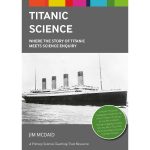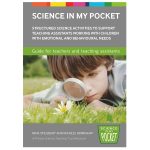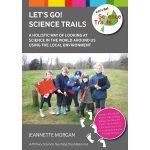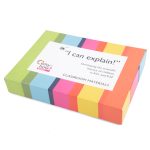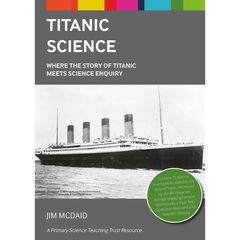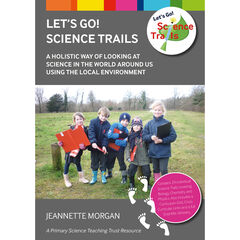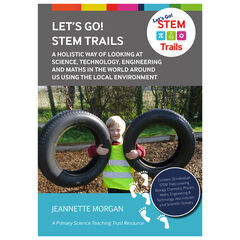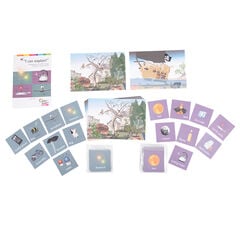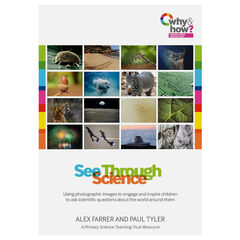There are no seven wonders of the world in the eyes of a child. There are seven million.
Walt Streightiff
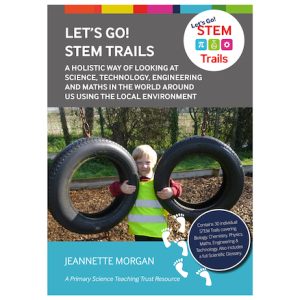
How do the trails work?
There are 29 Trails in the book.
Each Trail is based on a particular topic or area and the locations chosen will allow children to see real-life examples of these and focus on how everyday problems have been solved by scientists, designers, engineers etc.
The Trails are set out simply and clearly under the following headings:
Introduction Resources and Preparation Concepts Explored On the Trail Key Vocabulary Key Questions Scientific Skills Back in the Classroom Location
The book also includes:
- A photocopiable Health and Safety Checklist
- An extensive glossary of scientific, maths and engineering and technology terms
Planning a whole school STEM Day?
There are Trails and projects to inspire all ages. Here is a (brief) example of one trail you might choose –
Historical Buildings Location: Any historical building (it could be very close to your school). For example, a church, a house, a museum, a cathedral, a castle. Introduction: Children will look at historical buildings and compare them with modern ones. They will look at both the materials and the shapes used and think about how technology and engineering has changed. Materials: Can be used in a variety of ways. Have similarities and differences. Are chosen for specific purposes, depending on their properties. Shapes: Compare and classify geometric shapes based on their properties and sizes. Skills: Observe, measure, record, collect data, present results, draw conclusions based on evidence. Preparation: Look at modern day equivalents of the building you are visiting. Ensure children have a good knowledge of 2D and 3D shapes. What shapes are used in the modern-day building? Resources: Digital cameras, clipboards, paper and pencils On the Trail:
All of the trails in the book have been tried and tested by groups of teachers across the UK.
Children’s enthusiasm is overwhelming. Children are keen to be out on a trail again – they are driving the project!
Over the year, he confidence in teaching staff to go outside and try different Trails has increased.
Other PSTT resources in this blog series:
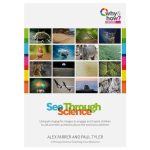
The Primary Science Teaching Trust (PSTT) have a vision to see excellent teaching of science in every classroom in the UK
There is much to explore on their web site, Primary Science Teaching Trust – PSTT including many free digital downloads, videos, and excellent support for subject leaders.


